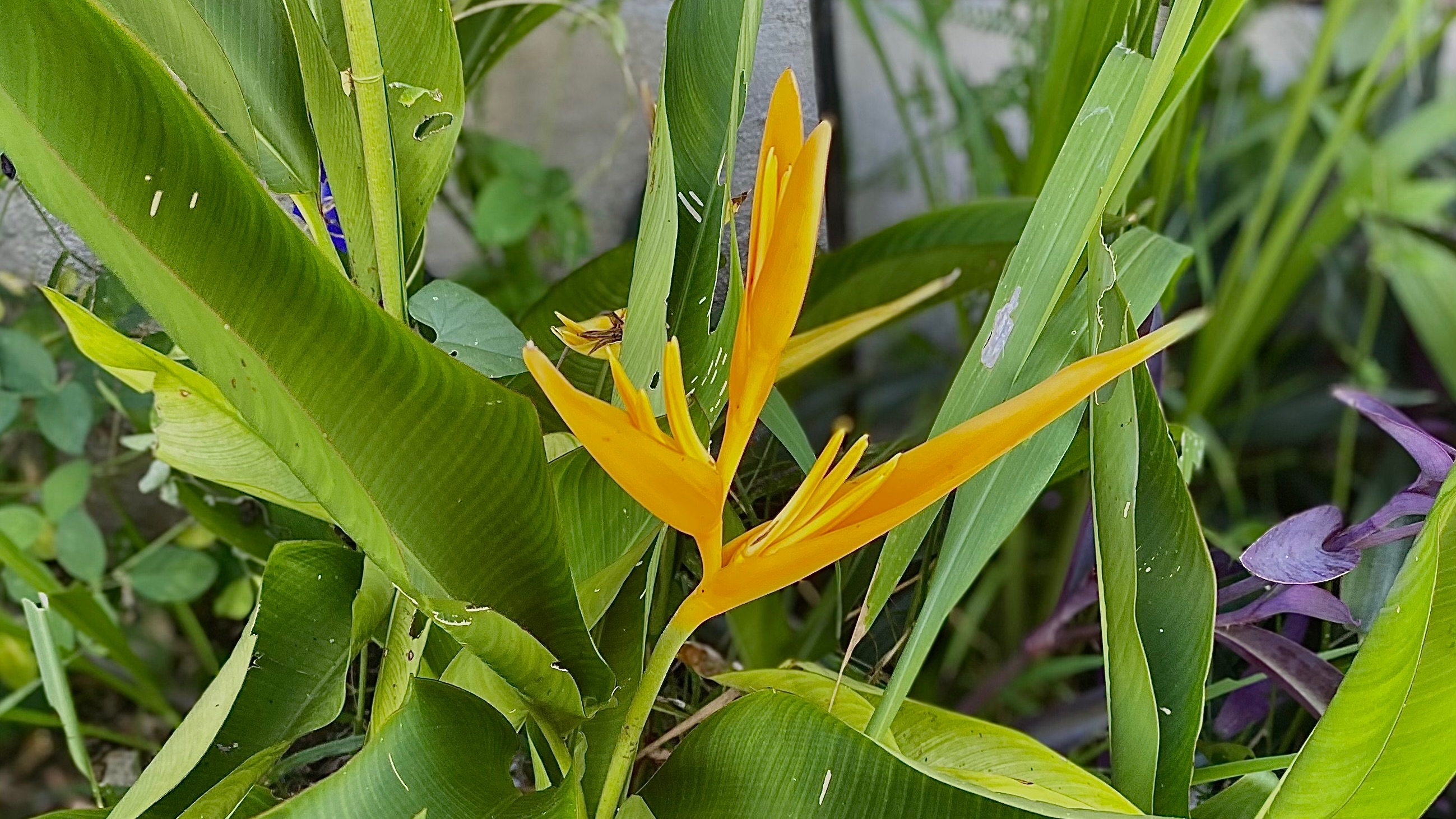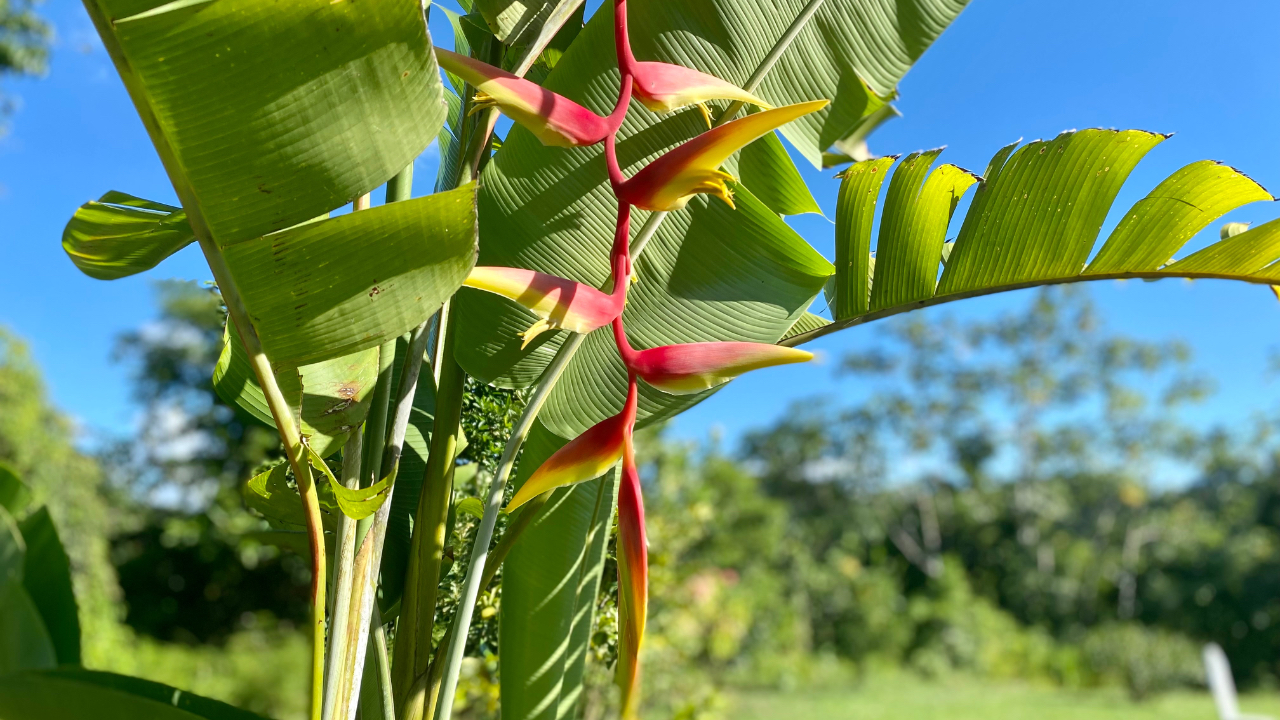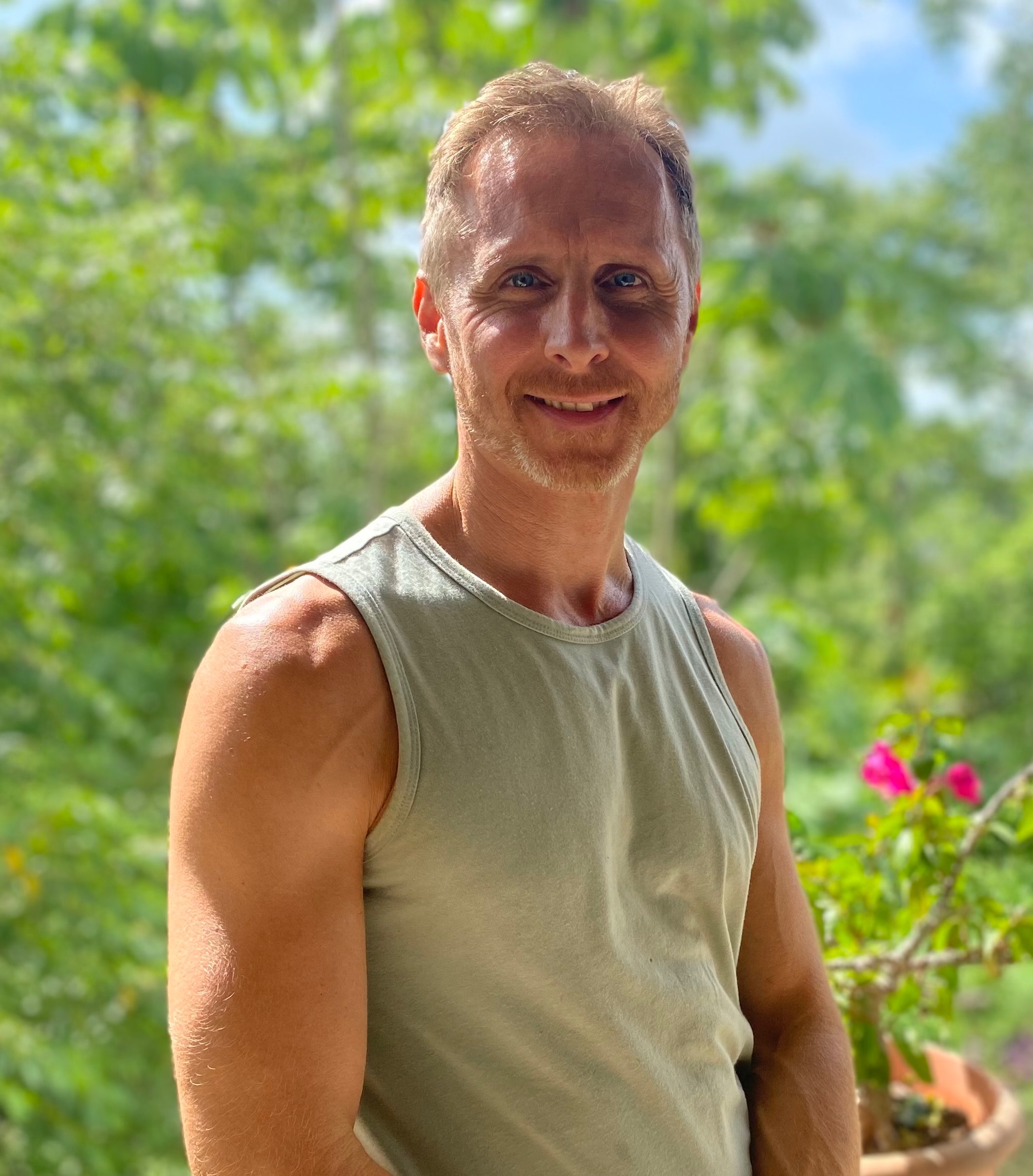Welcome to Danny’s blog page
Embodying that chakras part 5 - Clear your mind and see the moment directly

With most of our clusters, I like to explore two sides of a body part, exercise component or health topic. So, we concepts and classes that consider the physical world and the more subtle side of life. I feel that if we only pay attention to one of these, we‘ll be less likely to be fulfilled, vibrant and happy.
If we spend too much time dwelling in the mind, with emotions, continuous thoughts and even spiritual practices, we can easily lose track of and neglect the body. Yet if we are overly body-centred, then we might miss the bigger picture of life, never discover inner peace or get to fully experience our connection to nature.
With the 6th chakra we now land at the third eye
We have had previous clusters dedicated to the eyes but we have a shift of focus here. We are not concerned so much for the eye as an organ of sight , rather to become open to inner seeing and intuition.
Then, without distraction from what the eyes and mind filter, we get to up our radar to notice what’s rea...
Embodying the chakras part 4 - Strong neck - Clear expression

Physically and mentally I want to see you as free as possible. Freedom here, referring to a body that is flexible, reliable, aligned and devoid of niggling tensions. Mentally, it’s having a mind (and in this case, a voice) that has integrity, clarity and strength.
From this place, you can:
- Be active in life
- Be responsive
- Enjoy your movement
- Heal from injuries
- Stand your ground
- Speak your opinion
- Express the right words to the right people at the right time!
- Take responsibility for your words/actions
In this series of clusters, we now reach the 5th chakra which brings us to the neck/throat region of the body. It’s a natural progression from last week’s third chakra, where the classes involved exercise, breath and awareness from the solar plexus and navel region.
The neck is an interesting part of the spine that has more flexibility than the thoracic and lumber regions so it’s strange when so many of us get ‘stiff in the neck’.
Well, as usual our tensions are rarely pure...
Embodying the chakras part 3 - Decisiveness, action and commitment

With this week’s cluster, we land at the third chakra… the home of action, will power and commitment. Physically, this connects below to the sacral region that we explored last week and above, it meets the diaphragm (the engine of breath).
Anatomically, we get to focus on all the abdominal muscles and the lumber spine. But activating your third chakra is not just about doing more sit ups! To function in life, we need an effective core that is flexible and strong so it can support good alignment in the vertical world (when sitting and standing).
In terms of elements, so far, we have journeyed from ground to water and we now get to fire!
Do you have enough ‘fire in the belly’ to see things through?
If you find yourself unable to complete tasks, projects (or Dojiva mini fitness classes), then you might be under-developed in this region.
The way to balanced power is not about taking without giving or giving without receiving or being dominant nor being easily dominated. You find a way...
Embodying the Chakras - part 2 - Are you nourishing your creative flow?

Another term for energy (from the yogic world) is Prana which itself is often termed life-force or simply breath. In its most simple form, we’re pointing to the ultimate energy that drives everything that is alive. Or, it’s what’s missing, when something dies.
In 2010, after a couple of decades as a fitness trainer, I added a twist to my skills and embarked on a yoga teacher training. This brought a new and positive dimension to my classes, private sessions and personal life.
I would like to share some of this here as we continue our exploration of how…
“body awareness is the bridge between subtle and physical energy”
This week, we land at the second chakra… the sacral chakra.… the home of:
- Imagination
- Creativity
- Feelings
- Affection
- Desire
I summarises it as ‘passion for life’!
Last week with the root, we had the element of ground. Now, we get to the element of water, which brings us to a focus of restoring natural flow, about being open to change (riding the ups and down...
Embodying the Chakras - part 1 - Intro to energy and the root chakra

“Energy is a big part of life and another area that I want you find abundance”
We have just finished a month of Dojiva classes and write ups about gait. Before that, we had a month focusing on balance. You know how I like to mix things up, so for this next series of clusters, we are shifting gears and I would like to re-visit a focus from a couple of years back.
Dojiva is largely centred around the physical with 75% of our classes dedicated to a mix of strength, fitness, flexibility, balance, posture, fitness measurements, etc. Plus there’s all of the notes on the health tab about how nutrition affects our physiology.
The other 25% of content covers a more subtle side that nourishes the inner world with classes that aim to support mental and emotional wellbeing, stress management and relaxation. This is the way of mindfulness and leads to a heightened state of presence.
Some energy comes from action and some from stillness
We have the physical side of energy which is produced in ...
Walk yourself to health - part 4 - The next (injury free) step on the path to great gait

The power of knowing your body
“At the start of each Dojiva class we sense in with a body-scan. This self-evaluation opens the door for a mind-body-moment connection. It’s this connection that offers the ultimate safety net and it’s really difficult to pick up or exaggerate an injury from this place”.
Enjoy your daily walk
I think that a daily walk is a great tonic for so many things. As will as a pleasant form of exercise, walking is a great opportunity to be present, to practice body and postural awareness, to heal niggles, release tension, to get outside in nature and it offers a perfect time to slow things down (which includes a busy mind). You also get a boost for your metabolism, lymphatic system and joint health.
And you can do a little extra in daily commuting by getting off the bus a stop early, or parking your car as far away from the supermarket entrance as possible!
Note, for those looking to lose some weight, a light walk after eating is a great strategy.
What about ...
Walk yourself to health - part 3 - The anatomical dance of gait and accessing power

Whether during sport or movement in daily life, humans get a power boost when we add a twist to the body (the dimension of rotation). But this is not just for throwing, golf or boxing… on a subtle level, this occurs naturally in gait.
Many of our joints are destined to rotate
These include the hips, shoulders, ribs, pelvis and spine (and to a lessor degree the ankle/foot).
Here are a few sporting examples that use twisting motions for efficiency and power:
- A drive in golf (imagine keeping your pelvis and torso still… it’s not going to work out well)
- Almost all shots in racket sports
- In climbing, all joints rotate in a spiral as the climber reaches for the next rock hold
- For martial artists, rotational moves are among the most effective to defeat your opponent… think hip/shoulder throws in judo, evasion in aikido, hooks in boxing and spinning kicks/turning back-fists from karate
- Team sports such as football, rugby and hockey
- Any sport that involves throwing (why not try a th...
Walk yourself to health - part 2 - Applying the physiology of gait to real life

Let’s say you take 10,000 steps in a day. Wouldn’t it be great if each one was done with good bio-mechanics and movement wellbeing?
Today, we start week two of four focusing on the philosophy and embodiment of what it takes to enjoy a healthy gait. That’s a gait that is graceful, relaxed and efficient.
Poor mechanics in gait can lead to physical tension and potential injury and you risk compounding existing injuries. It can also ‘jar’ the body with each step so you end up feeling compacted (and perhaps shorter) at the end of the day.
Get it right however and you can boost your energy, heal from many of those aches and pains and reclaim your true height.
What goes wrong?
There are many factors that can lead to a negative change in your body’s natural structural integrity. And these changes can affect the quality of your gait. These include:
- The over use of chairs as this shortens key leg muscles (that’s study, office work, dinner time, TV, social time, etc).
- The above point oft...
Walk yourself to health - part 1 - The anatomy of gait and ten top tips to make it efficient

I am really excited about this month of classes and write ups that are dedicated to gait.
But, if you get gait wrong, you can cause or at least perpetuate tension and old injuries. Get it right however and you can heal yourself surprisingly fast! So with thousands steps taken most days, let’s make each one count towards movement wellbeing.
As kids, we hopped, skipped and ran around to get places and with natural mechanics, great posture and moment awareness. But as adults, with a never ending ‘to do’ list and a busy mind, nature can so easily get forgotten.
And when you are not so moment/body aware, gait becomes heavy with and a leg-kicking-out-in-front kind of stride. Every step then becomes a little jolt for your joints (this tendency is exaggerated when running late).
Good news though, your body wants to be neutral and when given the right environment can adapt very well. But, when it comes to gait, old habits die hard so be sure let your mind accept what might be a gradual chan...
The balance reset - Part 4

From body building to beauty contests, symmetry is often regarded as a sign of perfection. But what if the journey to a more symmetrical and balanced body requires going a little off-piste?
This month, as we enter the forth and final week of the balance reset, you may well have taken 15+ Dojiva classes dedicated to balance. And I am a hoping that you are already noticing some positive results. This week we get a little more nuanced.
Are there any straight lines in nature?
In nature, we do not see exact symmetry or straight lines. Take a leaf, a branch, a feather, a rock, flowing water etc… they all twist, turn and spiral. Yet the walls of the room you are in, a typical desk for a computer, the screen here, the exercise mat you use and the way movement is often taught is all based on straight lines and symmetry.
But for humans to have good balance and efficient movement don’t we need to be symmetrical?
I don’t think so. Let’s take some other examples. With the benefit of slow-moti...




